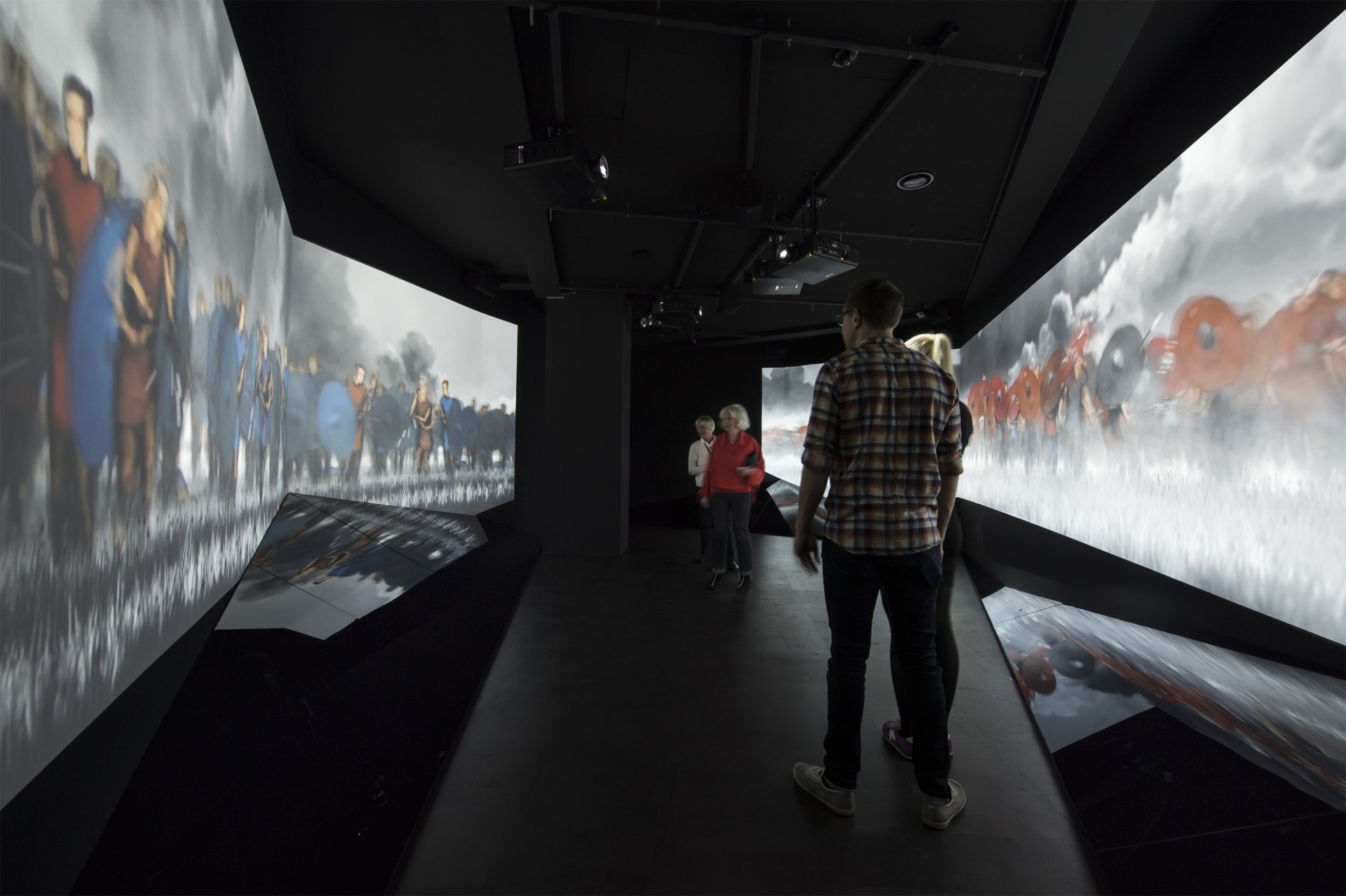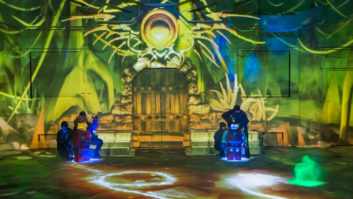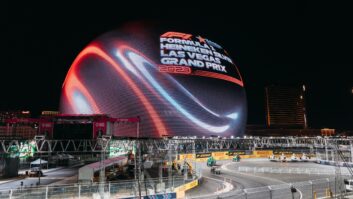
Previously outlined was the wide range of new technologies driving global growth in the museums and visitor attractions markets, here we focus on how technology can increase the level of visitor interaction at exhibitions, writes Steve Montgomery.
The need to entice visitors has led to continued development of user attractions. “Visitors expect more than static artefacts on display, or large flat images. They want to choose levels of information, interact, and be impressed,” says Lars Sandlund, chief operating officer for Dataton. But this must be approached with caution, as Hugo Roche, MD of Sysco, warns: “While the market condition affects the development and deployment of new technologies, and this can be rapid at times, the industry tends to manage its own pace and very new technologies that haven’t been tried and tested tend not to become mainstream.”
That said, there is a hunger, Roche believes, for technology that links the physical location to the online world, with techniques such as peer-group influence through social media, on- and offsite downloadable content, mobile and barcode scanning, wrist identification bands, RFID chipping, 3D projection mapping, venue Twitter schemes and phone apps. There are two major benefits: visitors tend to stay longer at an exhibition if they are able to interact in a positive manner with the content, drilling down to discover the information that interests them; and word-of-mouth advertising and recommendation can greatly influence visitor numbers. An additional benefit is, as Linda Cheu, VP of AECOM Economics points out: “The more immersive the visitor experience, the more they tend to spend on retail.”
The creative designers behind these new attractions are the driving force behind the implementation of new technologies. There are companies that devote themselves to creating these technologies specifically for the industry so that the designers can keep pushing the envelope. One such creative organisation is Kingdom London, as Simon Yuen, the company’s strategic partner, explains: “We deploy a wide range of interactive technologies including gamification, but the approach is always to consider the visitor. Museums and visitor centres are unique in attracting all generations and genders, so you may have three distinct age groups at once. Techniques like touch and gesture are instinctive to children, but not so to their grandparents. It is only when a technology becomes more familiar that it can be successfully deployed, despite the intent of the host organisation. We have experienced requests to switch gesture-based interactive content to joystick control as a museum realised that some visitors may not be comfortable enough with that method of interaction.”
Technology dramatically improves the experience of visitors and in so doing, attracts and engages them. Continuous investment in new museums and visitor centres is driving their development and deployment, but technology in itself is not the key factor. The experience delivered by the institution relies on a thorough understanding of the audience to match content to their needs and interests. The first stage of an iterative process is creating a valid brief and concept and then selecting the appropriate technology. Inevitably this will involve digitisation of assets and the building of content management systems.
Jessica Akrigg, head of development at Peel Interactive, maintains: “Technology will change; historical artefacts won’t. Any process to capture and process content and images based on them should be undertaken with a view to application by any of a number of current and future delivery methods. It should be carried out with a technology-agnostic approach, ready to be deployed on any new adaptive platform.”
What the future holds is difficult to ascertain; what is important is that the link between the digital and physical worlds is seamless and transparent to the user. Many have struggled to achieve this; but as technology evolves, what is impossible today becomes possible tomorrow.
www.aecom.com
www.dataton.com
www.grdd.co.uk
www.peelinteractive.co.uk
www.syscoav.com







